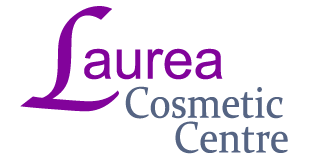Penshurst
NSW 2222, Australia
02 9580 5320
MACROFAT, MICROFAT, NANOFAT Fat Grafting/Transfer
The first reports on autologous fat grafting (with own fat) were published in the early twentieth century.
Over the decades the LIPOFILLING has become a very important and valuable tool in plastic surgery.
Adipose-derived stem cell ( from fat tissue ) were first discovered in 2001.
Currently ,the application of adipose- derived stem cell therapy extends far beyond the field of plastic surgery.
The initial goal of fat grafting was to treat volume loss created by disease, trauma or ageing. Fat was injected with larger blunt cannulas (about 2mm diameter). This was called MACROFAT grafting .
These days we use special small-hole multiport cannulas for harvesting and we inject fat with fine cannulas of 0.7mm in diameter or smaller. We need to harvest only a small about of fat tissue from donor areas as love handles, inner thighs, knees or abdomen. Only minor liposuction is required. This lipofilling method is called MICROFAT grafting and it is utilised for filling creases, deep and superficial wrinkles.
To work even more superficially with even finer cannulas or needles the harvested fat is mechanically emulsified and filtered until liquid suspension is obtained. This is called NANOFAT. Nanofat is used for rejuvenation of perioral skin (around lips), forehead skin, sun-damaged skin, skin at the breast cleavage , dark lower eyelids, scars, crepey facial skin, hand skin, crepey arm skin etc.
Nanofat is very rich in stem cells. Improved elasticity of skin is a consequence of increased collagen and elastin synthesis and remodelling. These effects are triggered by stem cells rather than by grafted fat cells.
Lipofilling with NANOFAT can be combined with laser resurfacing.The effects are synergistic.
The results of lipofilling exceeds the expected duration of resorbable fillers. Th most common minor complication are bruising and swelling.
Copyright© Laurea Cosmetic Centre
